
Driving is a privilege that comes with significant responsibility, especially when Mother Nature decides to throw some challenges our way. From sudden downpours that transform familiar streets into slick waterways to the silent, treacherous beauty of a fresh snowfall, varying weather conditions demand our utmost attention and, crucially, a vehicle that’s prepared to handle them.
Your tires are the sole point of contact between your vehicle and the road, a relationship that dictates everything from your stopping distance to your ability to maintain control in adverse conditions. And within that relationship, the tire tread plays an unsung but absolutely vital role. It’s not just about aesthetics; the grooves, sipes, and channels on your tire’s surface are engineered to grip, channel water, and provide stability when you need it most.
Understanding the intricacies of tire tread depth, knowing how to properly inspect your tires, and recognizing the impact of environmental factors like rain and snow are not just good practices—they are fundamental pillars of road safety. This comprehensive guide will empower you with the knowledge and actionable steps to keep your tires, and by extension, yourself and your loved ones, safe on the road, no matter what the weather forecast brings. Let’s dig into the mechanics of maintaining optimal tire performance.
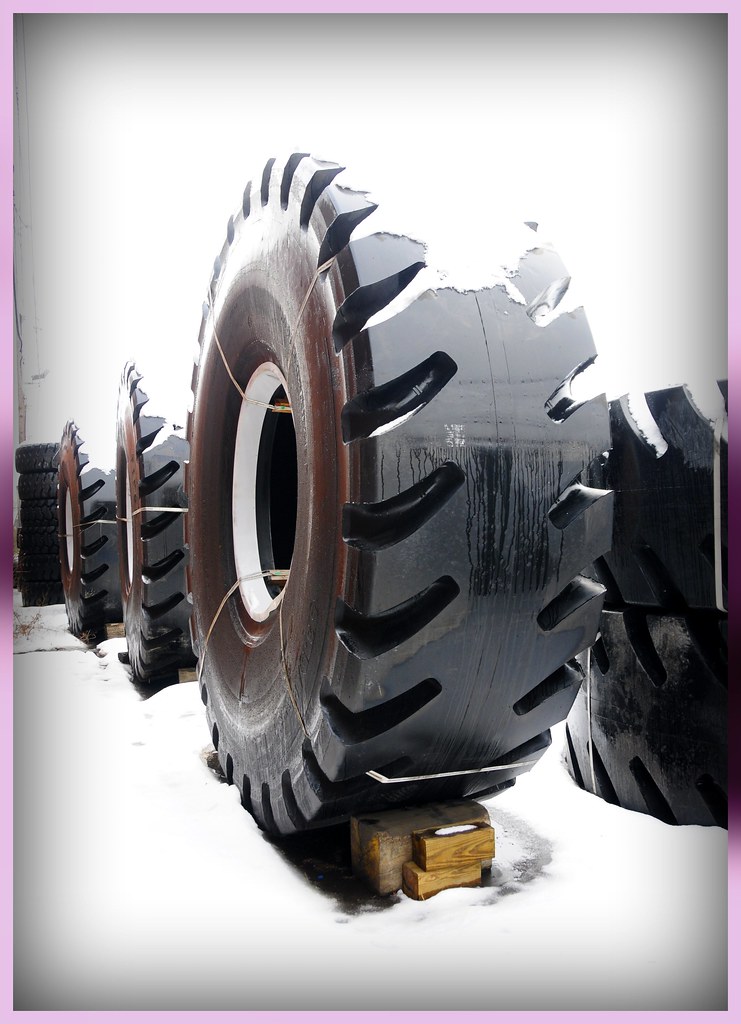
1. **The Critical Role of Tire Tread Depth in Safety**Tire treads are far more than just patterns on rubber; they are meticulously engineered components essential for driving safety, performance, and even fuel efficiency. These intricate designs allow your tire to effectively grip the road, providing the necessary friction for acceleration and, more critically, braking. Without adequate tread, your tires simply cannot perform their fundamental duties.
As the tread on your tires wears down, their ability to perform these vital functions diminishes significantly. This reduction in capability directly translates to an increased chance of an accident, a risk that escalates dramatically when conditions become wet or snowy. It’s a fundamental principle of vehicle dynamics: less grip means less control, and less control means more danger.
Therefore, integrating routine checks of your tire tread depth into your regular vehicle maintenance schedule isn’t just a suggestion—it’s a must. Proactive monitoring ensures that your tires remain in optimal condition, offering the maximum possible safety margin when you’re out on the road. Neglecting this simple check could have serious consequences, making it a cornerstone of responsible vehicle ownership.
Beyond just immediate safety, proper tread depth also plays a role in your vehicle’s overall performance. Well-maintained treads contribute to more precise handling, better cornering stability, and even optimized fuel economy. It’s a holistic benefit that extends beyond accident prevention to the very driving experience itself.
Read more about: 15 Things Mechanics Really Wish You’d Stop Delaying on Your Car
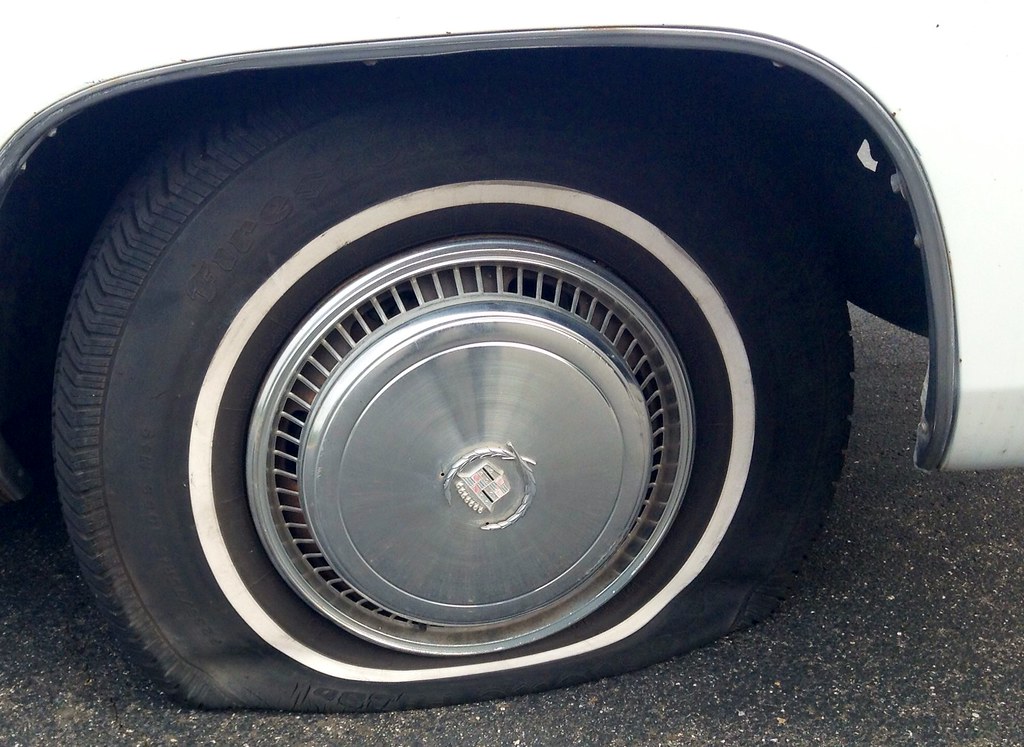
2. **Understanding Safe Tread Depth Limits for All Conditions**When it comes to tire tread depth, there are widely accepted minimums, but also recommended replacement points that offer a greater margin of safety, especially in challenging weather. Most states legally require tires to have at least 2/32 inches of tread depth. While this might suffice for dry roads, it becomes “somewhat dicey on wet ones,” as the context suggests, leaving drivers with less assurance.
However, a crucial distinction emerges when snow enters the picture. For snowy conditions, any tread below 4/32 inches is considered largely “useless.” In such scenarios, a car with inadequate tread depth “may only come to a stop with the help of another object in its path,” which is a stark and alarming warning about the dangers of worn tires in winter. This highlights the critical need to be proactive with tire replacement.
To put these figures into perspective, a brand-new all-season tire typically boasts at least 10/32 inches of tread. This generous depth provides ample grip and water-channeling capabilities, offering superior performance compared to tires nearing their minimum legal limit. While even new all-season tires won’t match the specialized grip of a dedicated winter tire, they provide a strong starting point for general driving.
The takeaway is clear: while 2/32 inches might be the legal bare minimum, prioritizing your safety, especially if you frequently drive in rainy or snowy conditions, means aiming for at least 4/32 inches of tread. Replacing tires at this point significantly enhances your vehicle’s ability to cope with adverse weather, providing crucial traction and reducing stopping distances when it matters most.
Read more about: Beyond the Garage: The Ultimate 12-Point Safety Checklist for Classic Car Road Trips
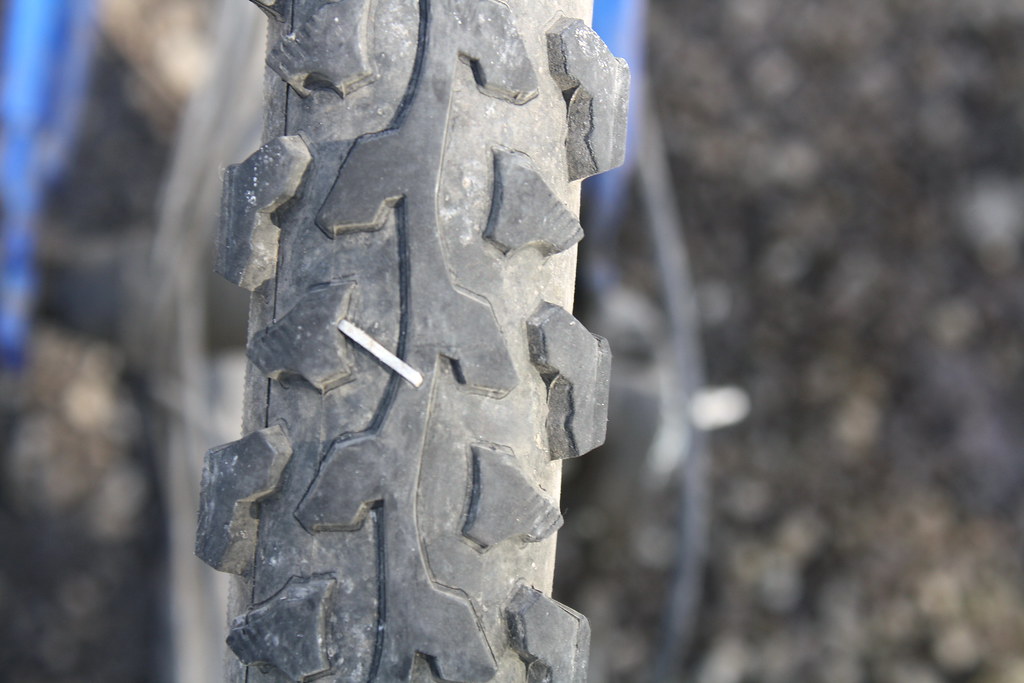
3. **The Penny Test: Your Quick DIY Tread Check for Safety**Determining whether your tires need replacing doesn’t always require a trip to a mechanic; a simple household item can provide a quick and effective assessment. The venerable penny test is a widely recognized method to check your tire tread depth, offering a practical, do-it-yourself approach to monitor your tire’s condition and ensure ongoing safety on the road.
Here’s how to perform this easy yet informative test, as outlined by Firestone: you’ll need to “Place a penny head-first into several tread grooves across the tire.” The key is to insert it so that Abraham Lincoln’s head is facing into the tire. This specific placement allows you to gauge the depth of the remaining tread against a known benchmark, providing a visual cue for evaluation.
Once the penny is in place, observe how much of Lincoln’s head is visible. If you find that “you always see the top of Lincoln’s head,” it’s a clear indicator that your “treads are shallow and worn.” In this critical situation, the advice is unequivocal: “your tires need to be replaced.” This visual threshold signifies that your tread depth has fallen below the 2/32-inch mark, making your tires less effective, especially in wet conditions.
Conversely, if the tire tread consistently “covers part of Lincoln’s head,” it means you still possess “more than 2/32 of an inch of tread depth remaining.” In this scenario, “you probably don’t need new tires” immediately, though it’s always wise to monitor them. While the penny test is a fantastic starting point, remember that tire experts often suggest replacing tires when tread depth reaches 4/32 inch for optimal safety, especially when driving in rain.
Regularly performing the penny test across multiple sections of each tire will give you a comprehensive understanding of their condition. This simple habit, combined with professional inspections, creates a powerful strategy for maintaining safe and reliable tires, empowering you to make informed decisions about their upkeep and replacement.

4. **How Tread Wear Drastically Impacts Performance and Safety**Tire tread wear is not merely an aesthetic concern; it profoundly impacts your vehicle’s performance and, crucially, your safety on the road. As tires wear down, their intricate patterns—designed to channel water, grip surfaces, and maintain contact—become less effective. This degradation is particularly problematic in wet conditions, where the risk of hydroplaning increases significantly.
The primary concern stemming from worn tires is a substantial “Reduced traction.” This directly affects several critical aspects of driving. Your “braking distance” will invariably increase, meaning it takes longer to bring your vehicle to a stop. Furthermore, “cornering ability” is compromised, making turns feel less stable and precise. Overall vehicle “stability” suffers, leading to a less controlled and potentially dangerous driving experience.
A compelling statistic from a AAA study underscores this danger: “driving on worn tires at highway speeds in wet conditions can increase stopping distances by up to 43%.” This dramatic increase highlights how quickly the safety margin eroding as tire tread diminishes. It’s a stark reminder that what might seem like a minor wear issue can have life-or-death implications on a rainy highway.
Beyond immediate safety risks, tread wear also affects your vehicle’s broader handling characteristics and even its fuel efficiency. Worn tires can lead to “less precise steering,” requiring more effort and attention to keep the vehicle tracking straight. They can also contribute to “potentially increased rolling resistance,” which means your engine has to work harder to maintain speed, thereby negatively impacting your fuel economy over time.
Given these far-reaching effects, consistently monitoring your tires and replacing them promptly when they show signs of significant wear is an indispensable part of vehicle ownership. It ensures not only optimal performance but, most importantly, keeps you and your passengers as safe as possible on every journey, regardless of the conditions you encounter.
Read more about: 15 Things Mechanics Really Wish You’d Stop Delaying on Your Car

5. **Navigating Rainy Roads: The “First Rain” Phenomenon**Rainy days can transform a routine drive into a precarious journey, and understanding how road conditions change is vital for driver safety. Particularly hazardous is the “first rain” phenomenon, which occurs when precipitation falls after a prolonged dry spell, creating uniquely slippery surfaces that often catch drivers off guard. This initial period of rainfall presents a distinct set of challenges.
During periods of dry weather, a cocktail of oils, grease, and other road contaminants accumulates on the pavement. When the first raindrops begin to fall, these substances don’t immediately wash away. Instead, they mix with the water, forming a slick, emulsified film on the road surface. This oily, watery mixture dramatically “reduces tire traction,” turning a seemingly ordinary road into a treacherous skating rink.
The peak danger from this slick film typically occurs “during the first 10-15 minutes of rainfall.” Drivers should be exceptionally vigilant during this short but critical window. As the rain continues to fall, it gradually helps to wash away the accumulated oily residue, making the road surface somewhat less hazardous over time. However, those initial minutes are where the risk of skidding and accidents is significantly elevated.
Adding to the complexity, prolonged dry periods can also lead to the ground becoming “compacted and less absorbent.” This condition further exacerbates the risks, as it can result in “increased water pooling on roads.” These puddles, especially at higher speeds, introduce the very real danger of hydroplaning, where your tires lose contact with the road surface entirely, leading to a complete loss of steering and braking control.
Given these dynamics, drivers must recognize that the initial stages of rainfall are far more dangerous than continuous, steady rain. Exercising extreme caution, significantly reducing speed, and increasing following distances during these crucial first minutes are non-negotiable safety practices to mitigate the risks presented by the “first rain” effect and ensure a safer journey for everyone on the road.

6. **Essential Driving Adjustments and Vehicle Prep for Wet Weather**When the skies open up and rain begins to fall, adopting a more cautious and defensive driving approach becomes absolutely crucial for maintaining safety. Adjusting your habits to the prevailing conditions can make the difference between a smooth, controlled journey and a dangerous incident. Several key practices are essential to keep in mind when navigating wet roads, especially after dry spells.
One of the most fundamental adjustments is to “Slow down.” Reduced speeds directly account for the decreased traction that rain inevitably brings, giving your tires more time to maintain grip and allowing you more time to react to unexpected hazards. Equally important is to “Increase following distance.” By leaving more space between your vehicle and the one ahead, you provide yourself with crucial extra stopping time, which is invaluable on slick surfaces where braking distances are extended.
Visibility is often compromised in the rain, making it imperative to “Use headlights.” This not only improves your own ability to see the road ahead but, just as importantly, makes your vehicle more visible to other drivers, significantly reducing the risk of collisions. Furthermore, cultivate the habit of “Avoid sudden movements,” whether it’s braking, accelerating, or steering sharply. Smooth, deliberate inputs are key to preventing skidding and maintaining control.
A specific hazard to be wary of is standing water. If possible, “avoid driving through puddles” altogether. Doing so reduces the “risk of hydroplaning,” where your tires lose contact with the road surface and ride on a layer of water, rendering your steering and braking ineffective. Being aware of the road ahead and planning your path to bypass deeper water can dramatically enhance safety.
Beyond adjusting your driving habits, ensuring your vehicle is properly prepared for wet conditions is equally vital. This proactive maintenance includes “Checking that your windshield wipers are in good condition,” ensuring they can clear your view effectively. You must also “Verifying that your tires have adequate tread depth”—a crucial factor we’ve already discussed—and “Ensuring your brakes are in proper working order.” A well-maintained vehicle, combined with cautious driving, forms the strongest defense against the hazards of rainy weather.
Winter weather transforms roads into unpredictable surfaces that challenge even the most experienced drivers. Snow, ice, and freezing temperatures create hazardous conditions that require specialized equipment and careful preparation to navigate safely.
Your tires serve as the only connection between your vehicle and the pavement — a critical relationship that becomes even more important when temperatures drop below 45°F. Standard all-season tires lose flexibility and traction in cold weather, making winter-specific tires essential for maintaining control and safety during the coldest months.
The difference between arriving safely at your destination and experiencing a weather-related incident often comes down to proper tire selection and maintenance. Understanding how winter tires work and implementing key safety practices can dramatically improve your vehicle’s performance when Mother Nature delivers her worst.
Read more about: Beyond the Garage: The Ultimate 12-Point Safety Checklist for Classic Car Road Trips

7. **The Specialized World of Winter Tires: What Sets Them Apart**Winter tires are engineered to excel when temperatures consistently drop below 45°F (7°C), focusing solely on superior traction, handling, and safety in snow, ice, and cold. Unlike all-season tires that compromise performance across various conditions, their specialization makes them a critical component for anyone facing harsh winter roads.
The magic truly lies in their specialized rubber compounds. Winter tires utilize a unique silica-based formula that remains soft and pliable even in freezing conditions. This inherent flexibility allows the tire to conform more effectively to road irregularities, maintaining crucial grip where standard all-season tires would become rigid and lose vital contact with the surface.
Drivers can readily identify these specialized tires by the Three-Peak Mountain Snowflake symbol emblazoned on their sidewalls. This symbol is a certification indicating that the tires meet stringent snow traction performance requirements, a standard that goes well beyond the basic M+S (mud and snow) designation found on many all-season tires.
As Matt Mullins, chief instructor at the BMW Performance Driving School in South Carolina, aptly puts it, you can “take a car with an awesome four-wheel-drive system and put a tire that’s a high-performance summer tire, and you could render it almost useless in the snow because the tires have got no grip.” Conversely, he adds, “you could take your regular old car and put an awesome set of snow tires on, and you’d be amazed where you could go.” This underscores the profound impact winter tires have, regardless of your vehicle’s drivetrain.

8. **Unpacking the Innovations: Key Design Features of Winter Tires**The superior performance of winter tires isn’t accidental; it’s the result of meticulous engineering focused on three primary design innovations: specialized tread patterns, advanced rubber technology, and distinct directional or studded options. Each element plays a crucial role in enhancing grip and control in the most challenging winter conditions.
Tread pattern innovation is a cornerstone of winter tire design. These tires feature aggressive tread designs with deeper grooves, often starting at 10/32 to 12/32 of an inch, which is notably deeper than the typical 8/32 of an inch for all-season tires. Crucially, they incorporate thousands of tiny slits known as sipes, which function like miniature biting edges, actively digging into snow and ice to create numerous gripping points across the tire’s surface.
Beyond the visible patterns, advanced rubber technology sets winter tires apart. Their specialized compounds boast a higher natural rubber content, typically mixed with silica and other polymers. This unique blend is engineered to prevent the tire from hardening as temperatures plummet, thereby maintaining the essential flexibility needed for proper road contact. Some cutting-edge manufacturers even integrate innovative materials like crushed walnut shells or volcanic ash into their compounds to further enhance traction on ice.
When it comes to specific applications, drivers can choose between directional winter tires and studded versions. Directional tires are characterized by V-shaped tread patterns, which are expertly optimized for rapid snow evacuation, providing excellent performance in fresh snow. Studded tires, on the other hand, include small metal pins embedded in the tread, offering unmatched traction specifically for extreme ice conditions. However, many states restrict their use due to concerns about road damage, making modern studless winter tires the preferred choice for a vast majority of drivers.

9. **Essential Safety Practices for Winter Tires: Pressure and Tread Depth**Even with the most advanced winter tires, their efficacy is significantly diminished without proper maintenance, particularly when it comes to tire pressure and tread depth. These two factors are paramount in ensuring your winter tires perform at their peak, providing the essential grip and stability needed on slick winter roads. Neglecting these checks can compromise safety, regardless of the tire’s specialized design.
Regularly checking tire pressure is non-negotiable in cold weather. As temperatures drop, so does the air pressure inside your tires—roughly 1 PSI for every 10°F decrease. Insufficient tire inflation directly impacts grip, making your tires less effective at maintaining contact with the road, and it can also accelerate uneven wear. Use a reliable tire gauge monthly to ensure it consistently matches your vehicle manufacturer’s recommendations.
Equally vital for winter tire safety is maintaining sufficient tread depth. Deep grooves and sipes are the hallmarks of winter tires, specifically designed to channel away water and slush and bite into snow and ice. Most winter tires begin with a generous tread depth of 10/32 to 12/32 of an inch, providing ample depth to grip effectively. However, this depth inevitably diminishes over time. Routinely inspect your tires with a tread depth gauge, and critically, replace them if the tread falls to 4/32 of an inch or less, as any tread below this is considered largely “useless” in snow.
Read more about: The Ultimate Road Trip Safety Playbook: 12 Non-Negotiable Rules to Keep Your Journey Smooth and Secure for Every Driver
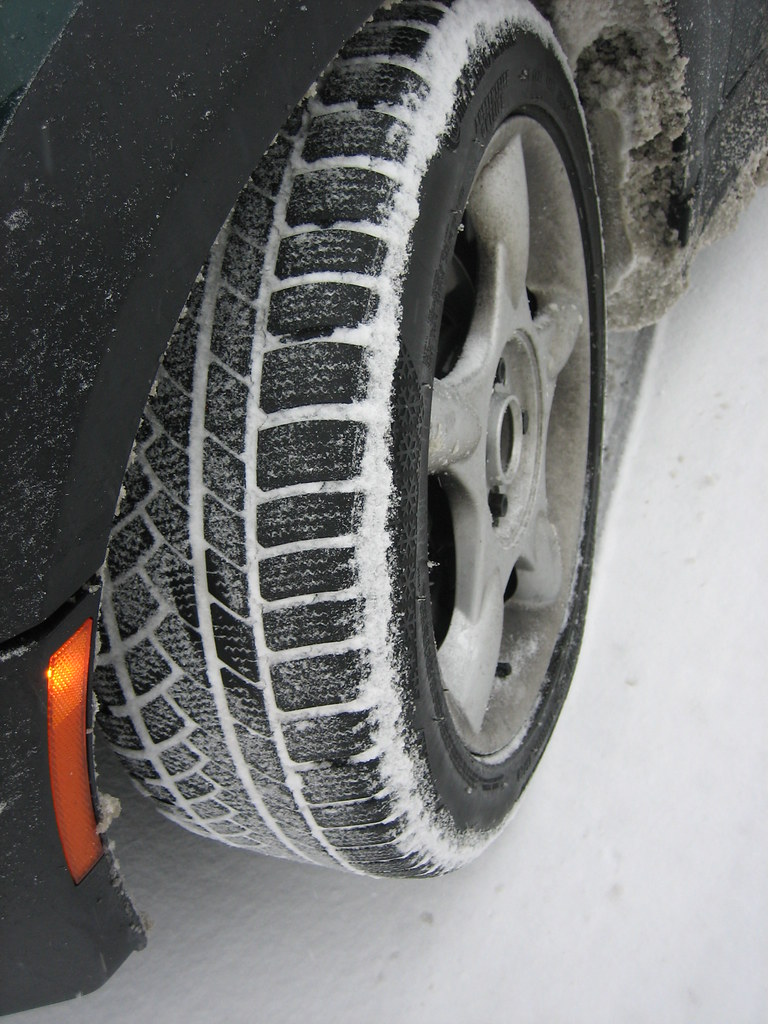
10. **Maximizing Longevity and Performance: Installation and Rotation of Winter Tires**To truly harness the full potential of your winter tires and ensure their longevity, strategic installation and diligent rotation practices are absolutely crucial. These steps go beyond basic maintenance, playing a direct role in maintaining balanced traction across your vehicle and extending the lifespan of your specialized winter rubber. Proactive management here translates directly into enhanced safety and a smarter investment.
Timing your winter tire installation is more important than many realize. The optimal window for fitting winter tires is generally before the first snowfall, specifically when ambient temperatures consistently drop below 45°F (7°C). Installing them early ensures your vehicle is fully prepared for unexpected weather changes, preventing those dangerous sudden transitions onto unprepared roads. Furthermore, early installation allows the tire compounds to acclimate to cooler conditions, enhancing their overall effectiveness and grip when true winter arrives.
Once installed, regular tire rotation becomes a key factor in extending the lifespan and maintaining the balanced performance of your winter tires. Following your vehicle manufacturer’s guidelines for rotation intervals, typically every 5,000 to 8,000 miles, helps to achieve even wear across all four tires. Uneven wear can lead to compromised handling, reduced traction, and premature replacement. By ensuring each tire wears consistently, you maintain balanced traction, critical for predictable control and stability on challenging winter surfaces, allowing your tires to function optimally throughout the entire season.
Read more about: The 11 Secrets to Finding the Best Deals on 6 Different Kinds of Car Tires
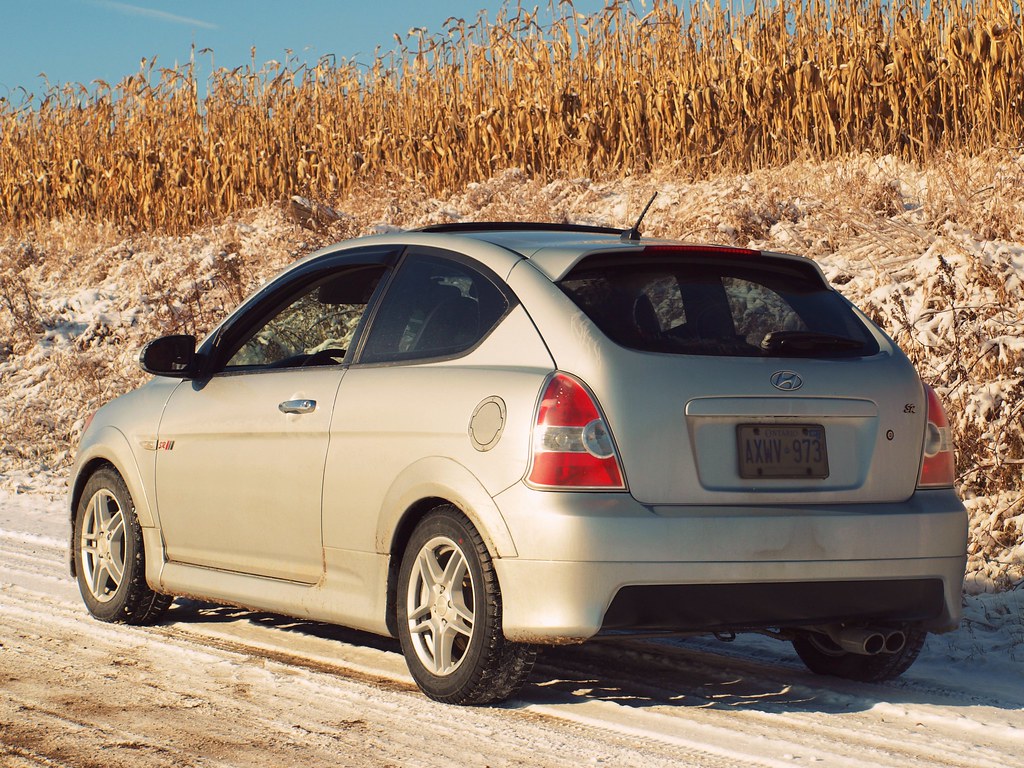
11. **Driving Smart in Winter: Caution and Vehicle Control**Even with the best winter tires meticulously installed and maintained, the ultimate responsibility for safety in challenging conditions rests with the driver. Adjusting your driving habits to suit winter roads is not merely a suggestion; it is an essential layer of protection. Understanding the nuanced demands of snow and ice, and adopting a cautious, deliberate approach, can mitigate risks dramatically.
The most fundamental adjustment is to significantly reduce your speed. Snow and ice drastically increase stopping distances and reduce available traction, making higher speeds inherently dangerous. By slowing down, you provide your tires with more time to find grip and allow yourself a much greater margin for error and reaction time to unexpected hazards. This reduced momentum is your first line of defense against skids and loss of control on slippery surfaces.
Equally vital is to increase the space between your vehicle and others. On icy or snowy roads, your stopping distance can be several times greater than on dry pavement. Leaving ample following distance provides a critical buffer, giving you precious extra seconds to react and brake gently, without locking up your wheels or inducing a skid. This heightened awareness of surroundings and increased spacing is paramount for preventing chain reactions in adverse weather.
Furthermore, cultivate a smooth and deliberate driving style. Avoid any sudden movements, whether it’s sharp steering, abrupt acceleration, or harsh braking. Gentle inputs are key to preventing the tires from breaking traction. Black ice, often nearly invisible, poses a particularly insidious threat. Always stay vigilant for potential hazards like this, especially on shaded roads, bridges, and overpasses, where ice forms first and lingers longest. By driving cautiously and anticipating potential dangers, you protect yourself and ensure the safety of others on the road.
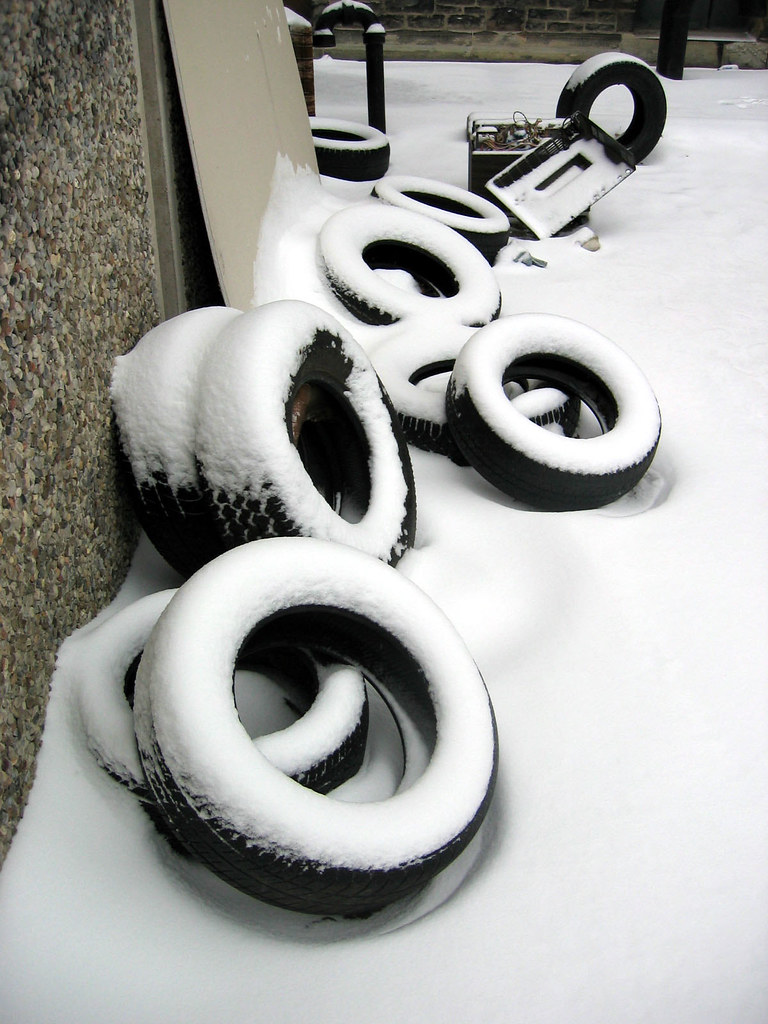
12. **Proactive Preservation: Storing and Inspecting Winter Tires for the Off-Season**The life of your winter tires doesn’t end when the snow melts; proper off-season storage and diligent inspections are crucial for preserving their integrity and ensuring they’re ready for peak performance next winter. Treating your specialized tires with care during their downtime is a smart investment in their longevity and continued effectiveness.
As winter gives way to warmer months, storing your winter tires correctly becomes paramount. Choose a location that maintains a consistent, cool temperature and effectively shields them from humidity. Direct sunlight and excessive heat are notorious for causing rubber to deteriorate prematurely, compromising the tire’s compound and flexibility. It’s highly beneficial to either stack the tires horizontally or utilize tire racks to help them preserve their structural shape, preventing any flat spots from developing over extended storage periods.
Beyond storage, conducting regular inspections of your tires, both before and after their winter service, allows you to identify potential issues early. Carefully inspect the sidewalls for any signs of damage, such as unsightly tears, suspicious bulges, or cracks, any of which could signal a compromised tire that requires immediate attention. Keep a keen eye out for uneven tread wear patterns, as these might indicate an underlying need for rotation or alignment adjustments that were missed during the active season.
Finally, while DIY checks are valuable, professional expertise plays a crucial role in maintaining tire safety and effectiveness over time. An experienced tire technician can provide a more thorough assessment of your tire’s condition, identifying subtle issues or wear patterns that might go unnoticed by an untrained eye. They offer essential services like precise balancing and alignment checks, which ensure your tires wear evenly, handle optimally, and perform reliably. When you’re uncertain about the exact state of your tires or when specialized maintenance is required, seeking professional help guarantees that your winter tires remain in top shape and ready to tackle the challenges of the next winter season with confidence and efficiency.
As we’ve explored, whether you’re battling rain-slicked streets or navigating through a winter wonderland, the condition of your tires is your ultimate guardian on the road. From understanding the vital nuances of tread depth in wet conditions to embracing the specialized engineering of winter tires for snow and ice, your proactive approach to tire maintenance and informed driving choices are the cornerstone of vehicle safety. These aren’t just tips; they are actionable strategies for empowerment, ensuring every journey is as secure as it is enjoyable. Drive smart, drive prepared, and let your tires be your trusted allies against whatever the weather brings.



